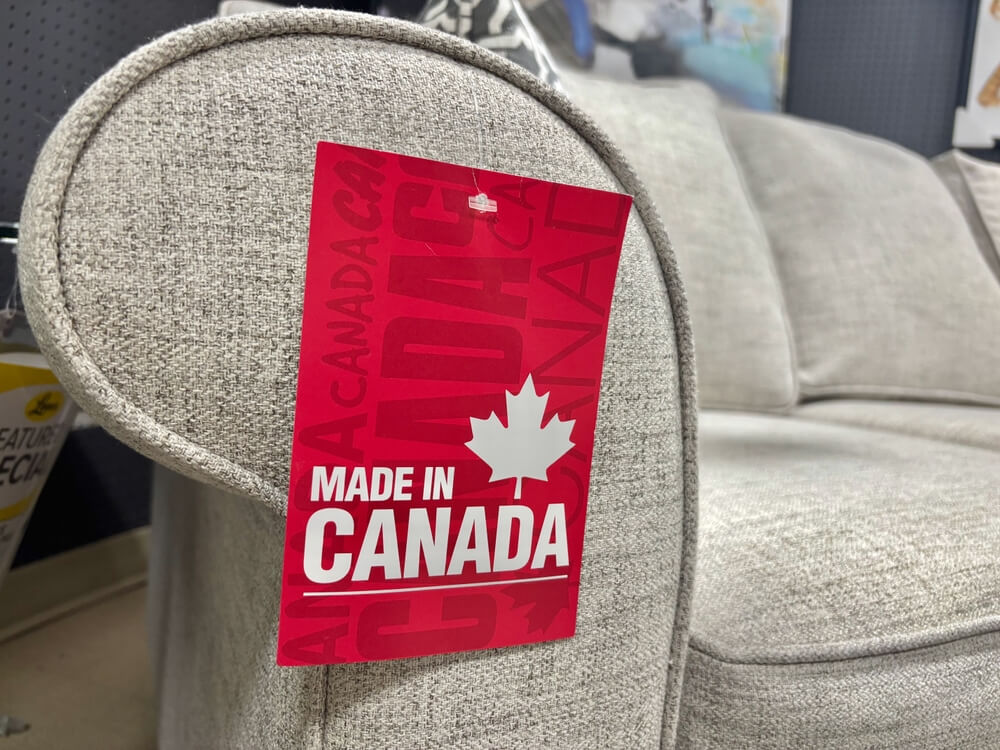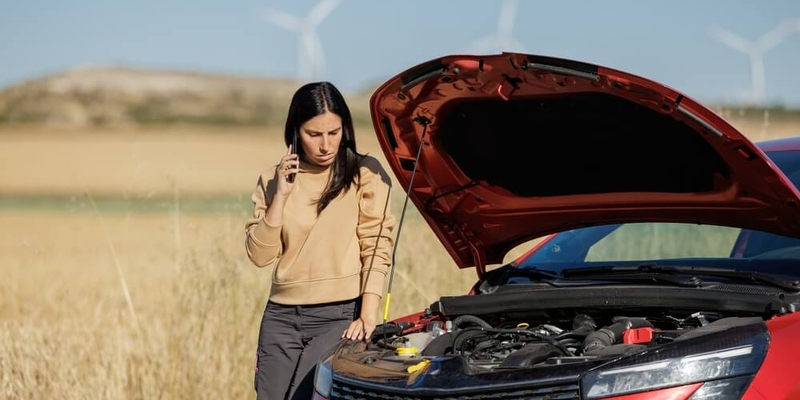
If you are not redirected within 30 seconds, please click here to continue.
Samedi: 10h – 16h HAE

If you are not redirected within 30 seconds, please click here to continue.
If you are not redirected within 30 seconds, please click here to continue.
The Best Ways to Pay Off Credit Card Debt Fast

Paying down credit card debt isn't always fun, but it's one of the smartest financial decisions you can make. By making more than the minimum payments and getting your financial house in order, you can save a lot of money. Here, you'll learn some basic strategies for getting your credit card debt under control.
Take Inventory of Your Credit Card Debt
The first step is to get a clear picture of your debt. Especially if you have multiple cards, it can be confusing to understand how much you actually owe. Make a list of all your credit cards, along with information like your current balance, the card's limit, and the current minimum payment.
Create a Budget
Once you know how much you owe, determine how much you spend each month on expenses like rent, food, and bills. Creating a budget might not be everyone's idea of a good time, but it's a great way to understand your finances. Subtract your necessary expenses from your monthly income, and you'll know how much money you can put towards paying down your credit card debt each month. You may need to cut out extra spending like cable TV or going out to dinner, but it will be worth it once you've erased your debt.
Choose a Debt Repayment Strategy
There are a few common ways you can pay off your credit card debt, each with its own advantages. You can even combine strategies like the debt avalanche and balance transfers to pay off debt even faster.
The Debt Snowball
The debt snowball approach involves paying off your account with the smallest balance first, then moving on to the next debt once the first one is paid off. Eventually, you pay off your largest debt last.
The advantage of this approach is you get a strong sense of emotional accomplishment and motivation each time you pay off an account. You'll also have fewer accounts to worry about over time, which can make paying off your debt more straightforward.
A disadvantage of this method is that if your highest balance accounts have high-interest rates, you'll still be accruing large amounts of interest on those accounts while paying off the smaller accounts with lower interest rates.
The Debt Avalanche
The debt avalanche method is where you pay off the card with the highest interest rate first. Once you've paid off that card, you move down to the next highest interest rate. Like with the snowball method, you'll be making minimum payments on all the other cards.
The advantage of this method is you end up saving the most money. You might not get the immediate satisfaction of closing an account quickly, but it's the best way to keep your debt from growing at a rapid pace.
A disadvantage of this approach is that you may not close accounts as quickly as if you used the snowball method. Therefore, it might take longer to get positive reinforcement by successfully paying off an entire card.
Transfer Balances to Cards with Lower Interest Rates
Transferring balances between credit cards can be a useful tool to keep interest rates down while you pay off your debt. You can move your debt from the account with the highest interest rate to a card with a much lower rate. Using the avalanche method and strategically moving your debt from credit cards with the highest interest rates to a lower interest rate card, can help you achieve two things: focus your payments on the next highest interest rate card, and save money you would have otherwise spent on interest.
A disadvantage of this method is that it can get complicated. By signing up for a balance transfer card, you'll be opening more accounts, which can seem counter-intuitive.
Compare credit card rates to find cards with low balance transfer fees, which can save you money if you use this strategy. The MBNA True Line Mastercard is one such example, with a low-interest rate and no-fee. Some low balance transfer cards may even have introductory periods with 0% interest rates for a limited period, which can give you the flexibility you need to pay down your debt with as little stress as possible.
Alternative ways to manage debt
Debt consolidation with a personal loan is another way to manage your credit card debt. A personal loan can have a lower annual percentage rate (APR) than your current credit cards. Bankruptcy, debt settlement, or using savings are all other options to reduce credit card debt. The first step is to get educated on your options and start with a plan.
Get money-saving tips in your inbox.
Stay on top of personal finance tips from our money experts!










